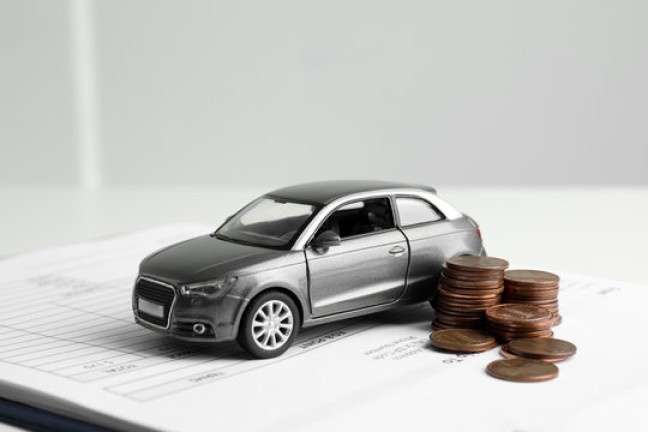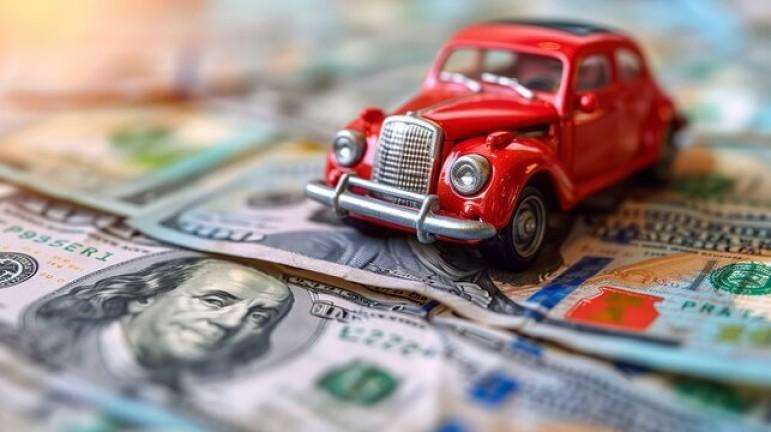Introduction
Many people believe getting a car loan after bankruptcy is impossible. That is not true. Bankruptcy affects credit scores and borrowing ability, but options exist. In this article, I will break down bankruptcy car finance, show you the best approaches, and compare financing choices. You will see how lenders evaluate risk and what you can do to improve your chances of approval. I will also include tables for better clarity and real-life examples with calculations.
Table of Contents
What Is Bankruptcy Car Finance?
Bankruptcy car finance refers to car loans available to people who have filed for bankruptcy. Bankruptcy signals to lenders that a borrower had difficulty repaying debts, making them cautious. However, lenders also recognize that bankruptcy wipes away certain debts, potentially making a borrower more financially stable afterward.
Types of Bankruptcy
| Bankruptcy Type | Description | Impact on Car Finance |
|---|---|---|
| Chapter 7 | Liquidates assets to pay creditors | Can get a loan after discharge (4-6 months) |
| Chapter 13 | Repayment plan over 3-5 years | Can get a loan with court approval during repayment |
Chapter 7 removes most debts quickly but stays on credit reports for ten years. Chapter 13 shows effort to repay but stays for seven years. Lenders view Chapter 7 filers as a bigger risk initially, while Chapter 13 filers may get approval sooner with court consent.
Can You Get a Car Loan After Bankruptcy?
Yes, but expect higher interest rates. Lenders take on more risk by offering loans to those with bankruptcies. Some specialize in subprime lending, catering to people with poor credit histories.
Factors That Affect Loan Approval
Lenders look at several factors to determine eligibility:
- Time Since Bankruptcy – More time means better chances.
- Credit Score – Low scores mean higher interest rates.
- Income Stability – A steady job increases approval chances.
- Down Payment – A larger down payment reduces lender risk.
- Debt-to-Income Ratio (DTI) – Lower DTI improves approval chances.
Interest Rates and Loan Terms After Bankruptcy
Expect higher rates due to increased lender risk. Here’s a comparison of interest rates based on credit profiles:
| Credit Score Range | Average Interest Rate (New Car) | Average Interest Rate (Used Car) |
|---|---|---|
| 750+ | 4% | 5% |
| 650-749 | 6% | 8% |
| 550-649 | 10% | 15% |
| Below 550 | 15%+ | 20%+ |
Someone with a credit score of 600 might see rates between 10% and 15%. That means a $20,000 car loan at 12% for 60 months results in a monthly payment of about $444. The same loan at 5% results in a $377 payment.
Strategies to Improve Loan Approval Chances
Taking the right steps increases the likelihood of getting approved at a reasonable rate.
1. Improve Your Credit Score
- Pay bills on time.
- Reduce outstanding debt.
- Check your credit report for errors.
2. Consider a Larger Down Payment
A 20% down payment reduces lender risk and lowers interest rates. For a $15,000 car, putting down $3,000 reduces the financed amount, making monthly payments more affordable.
3. Get a Cosigner
A cosigner with good credit improves approval odds and lowers interest rates.
4. Look for Buy Here, Pay Here (BHPH) Dealerships
Some dealerships finance directly, though they often charge higher interest rates.
Example Calculation: The Cost of Financing After Bankruptcy
Let’s compare two scenarios:
| Loan Amount | Interest Rate | Term | Monthly Payment | Total Cost |
|---|---|---|---|---|
| $15,000 | 12% | 60 months | $334 | $20,040 |
| $15,000 | 5% | 60 months | $283 | $16,980 |
The difference between 12% and 5% interest is over $3,000 in extra payments over five years. Improving credit or finding a cosigner saves money.
Alternative Ways to Get a Car After Bankruptcy
1. Leasing Instead of Buying
Some leasing companies accept post-bankruptcy applicants. Leases often require lower monthly payments.
2. Buying an Older Car with Cash
If possible, buying an affordable used car in cash avoids loan interest altogether.
3. Credit Union Loans
Credit unions often offer lower interest rates than traditional banks for members, even those with past bankruptcies.
Avoiding Predatory Lenders
Some lenders exploit borrowers with high-risk profiles. Watch for:
- Extremely high interest rates (above 25%).
- Unclear loan terms.
- Loans requiring add-ons like warranties or insurance.
Final Thoughts
Getting a car loan after bankruptcy is possible with the right approach. Knowing how lenders assess risk and taking steps to improve credit, save for a down payment, or find alternative financing options helps secure a reasonable deal. By comparing offers and understanding loan terms, you can make an informed decision that keeps your financial future on track.





